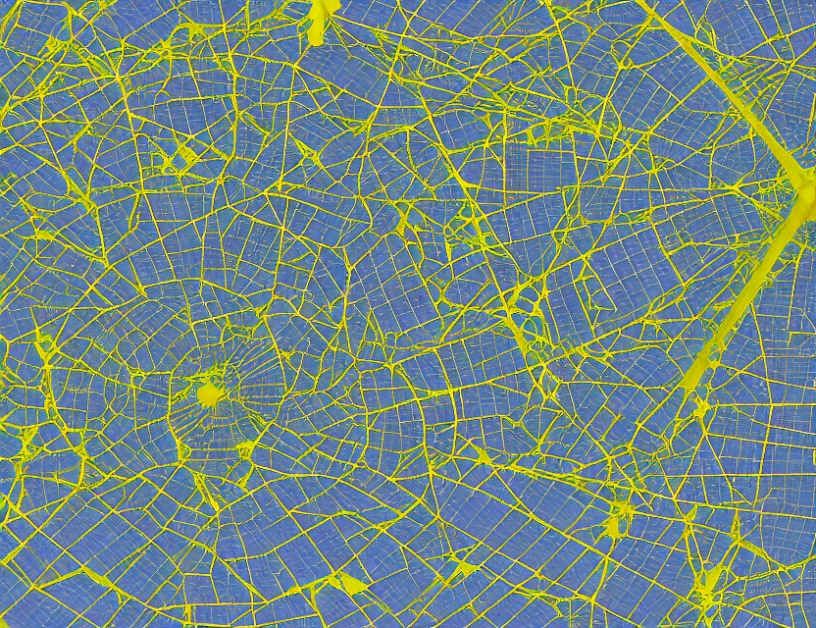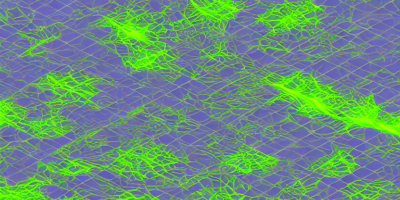Solar irradiance estimation is crucial for various applications such as renewable energy, agriculture, and climate modeling. However, accurate estimation of solar irradiance can be challenging due to atmospheric conditions and other factors. This survey provides an overview of methods and techniques used in solar irradiance estimation.
Physical Models
Physical models use the radiation transfer equation to estimate solar irradiance. These models are based on the physical principles of radiation and atmospheric science, providing accurate results when complex atmospheric conditions are not present. Examples of physical models include Dedieu et al.’s (1987) RTM model and Akitsu et al.’s (2022) LAMBDA model.
Empirical Models
Empirical models use empirical relationships to estimate solar irradiance based on atmospheric conditions. These models are simpler and easier to implement than physical models but can be less accurate. Examples of empirical models include Liu et al.’s (2008) LUT-based algorithm and He et al.’s (2015) NN-LUT model.
Semi-Empirical Models
Semi-empirical models combine physical and empirical approaches to improve accuracy. These models use atmospheric data to estimate solar irradiance but also consider the physical principles of radiation transfer. Examples of semi-empirical models include Chen et al.’s (2022) hybrid model and Polo et al.’s (2012) BTN model.
Machine Learning Models
Machine learning models use artificial neural networks to estimate solar irradiance based on atmospheric conditions. These models can handle complex nonlinear relationships between atmospheric variables and solar irradiance, making them more accurate than traditional methods. Examples of machine learning models include Sengupta et al.’s (2021) CNN model and Quesada-Ruiz et al.’s (2015) ANN model.
Advantages and Limitations
Each method has its advantages and limitations, which are discussed in detail in the article. Physical models provide high accuracy but can be computationally expensive and limited by atmospheric conditions. Empirical models are simpler but less accurate than physical models. Semi-empirical models offer a balance between accuracy and computational efficiency. Machine learning models can handle complex relationships but require large datasets for training.
Conclusion
Solar irradiance estimation is crucial for various applications, and different methods have been developed to estimate it. Physical models provide high accuracy but are limited by atmospheric conditions, while empirical models are simpler and easier to implement but less accurate. Semi-empirical models offer a balance between accuracy and computational efficiency, and machine learning models can handle complex relationships but require large datasets for training. Understanding the advantages and limitations of each method is essential for selecting the appropriate technique for a particular application.



